
There isn’t a one-size-fits-all diet for dogs
While some dogs do well on a plant-based diet, others don’t. Same goes for meat-based diets. “The more decades I spend in veterinary medicine with an emphasis on nutrition, the more I’m convinced that diets for dogs are highly individualized and you have to pay attention to how your dog is doing on the diet you’re feeding,” says Ernie Ward, DVM in San Francisco and founder of the Association for Pet Obesity Prevention. In the end, it’s the Pet Food Association of Canada (PFAC) that helps ensure minimum nutritional requirements for your pet.
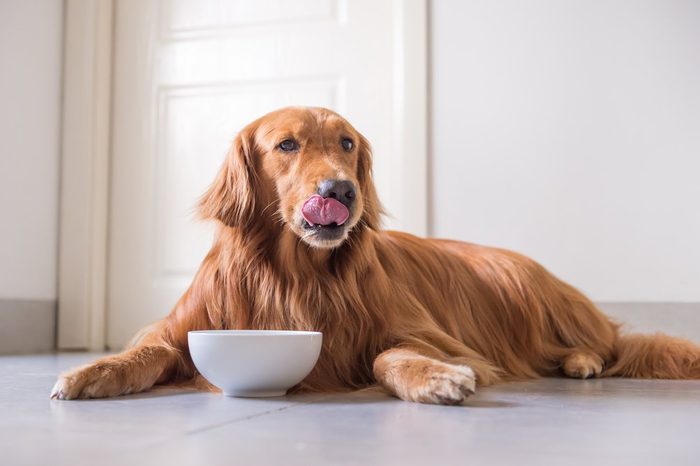
Evaluate a diet for its nutrients, not its ingredients
Your personal food philosophy will most likely determine what you feed your dog. While some people might think a meat-based diet is best for their dog, others may believe a plant-based diet is. And that’s OK, as long as you follow this rule: “Make sure whatever diet you choose is nutritionally adequate,” Dr. Ward says, adding that there are very few commercial diets available that he takes issue with. The one exception? Raw diets, which he says may cause nutritional inadequacies in dogs.
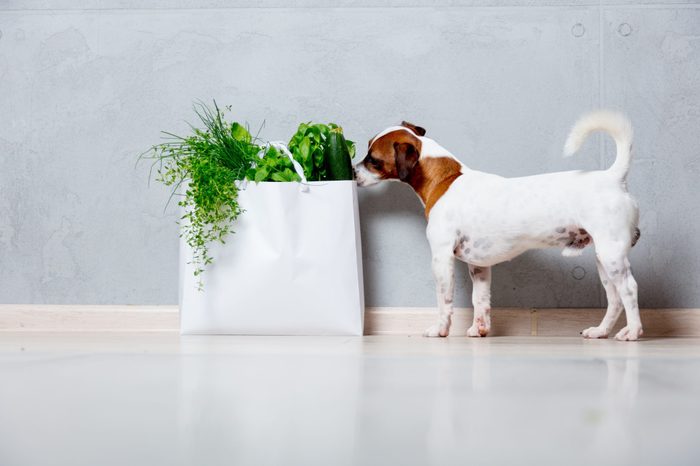
A compelling new reason to consider a plant-based diet for your dog
Dogs (and cats) have a tremendous impact on the environment, so much that one study found that they’re responsible for 25 to 30 percent of the environmental impact of meat-eating in this country. Because animal agriculture is responsible for up to 14.5 percent of total greenhouse gas emissions, it makes sense that switching dogs to a plant-based diet could help quell the effect.
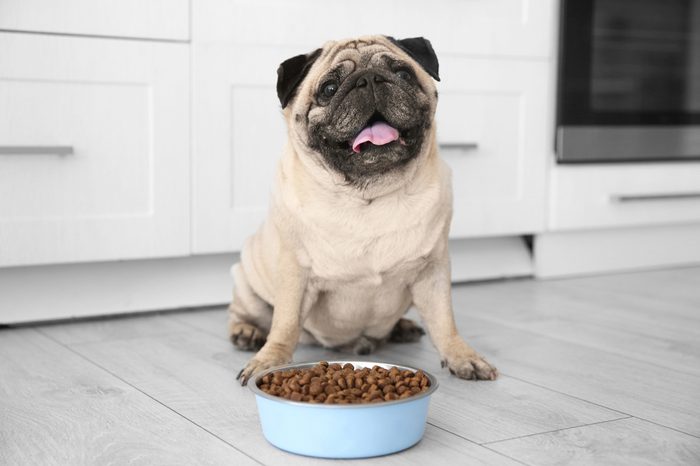
Processed foods aren’t healthy for dogs
Highly processed food is as bad for pups as it is for people. “Processed food, which are foods that have been cooked at high heat or undergone an extrusion process, will never offer the fresh nutrients that you get from eating fresh food,” says Judy Morgan, DVM, a holistic veterinarian in Clayton, New Jersey, and author of Yin & Yang Nutrition for Dogs. “As with people, when dogs eat highly processed foods, we see an increase in chronic inflammation which can show up as arthritis, chronic elevation of liver enzymes, immune thyroiditis, and inflammatory bowel disease, among others.”
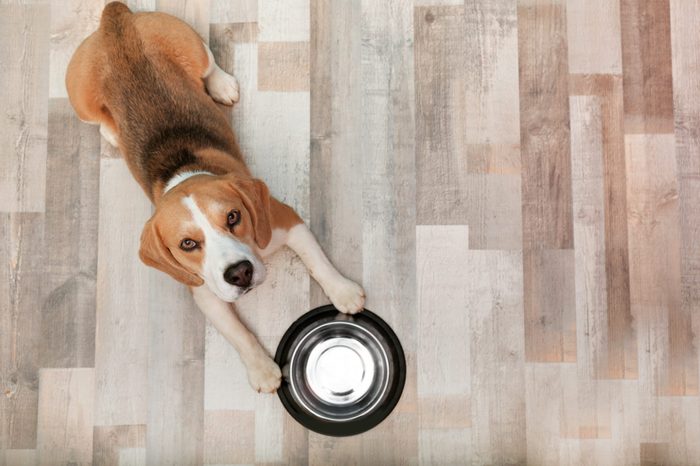
Wet food is more nutritious than dry food
Dry kibble is what most people serve their pooches, namely because it’s convenient and may be cheaper upfront. Yet canned wet food is more appropriate. “You get higher protein and moisture content so it’s more specific to what dogs need,” according to Dr. Morgan.
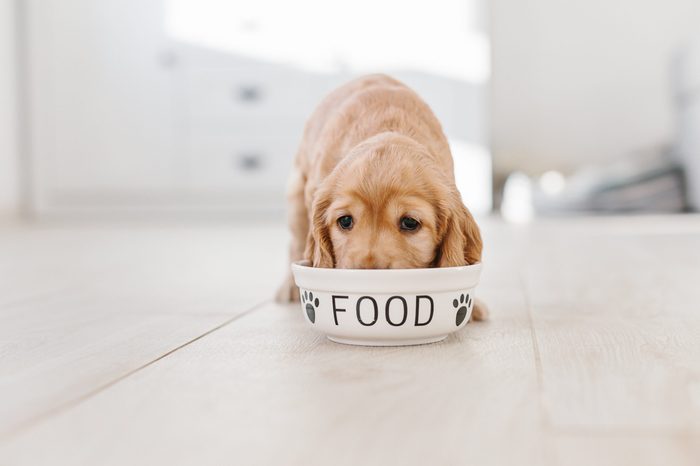
Go low grain
Grain-free is a hot nutrition trend for dogs, but only a small percentage of dogs needs to eat grain-free because of allergy issues. Instead, Dr. Ward advocates feeding your pooch a low-grain diet. “Grains are carbohydrates which contribute calories and can lead to weight gain so I recommend a reduced carbohydrate diet, or in other words, a lower grain content,” he says. This small amount of carbohydrates will provide fibre, which will improve the health of your dog’s gut microbiome. “Bacteria produced by the gut are important for giving the immune system what it needs,” Dr. Morgan says.

Check that whatever food you buy is appropriate for your dog’s life stage
Your dog’s nutritional needs change with age. That’s why you want to make sure you’re buying food for the right life stage, whether that’s puppyhood, adulthood, or the senior years, says Dana Brooks, president and CEO of the Pet Food Institute.
Considering adopting an older dog? Here’s why you should.
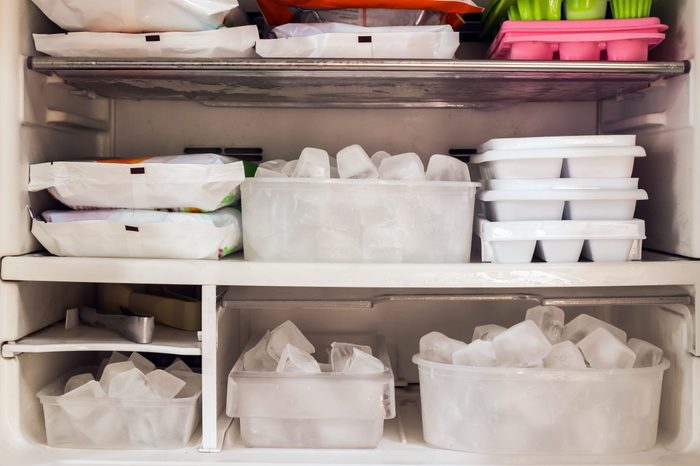
Frozen meals are a healthy option for dogs
No doubt you’ve heard about cooked frozen meals, many of which are delivered to your home (like The Farmer’s Dog, Olly, PetPlate, NomNomNow, and ChiDog). But are they worth the price? Yes, especially given how convenient they are, says Dr. Morgan. Freeze-dried or rehydrated meals offer similar benefits as frozen fresh meals. Although they require a small amount of work, usually mixing the food with water, they’re probably healthier than kibble, Dr. Morgan says. “These foods are closer to whole-food nutrition, which is always better for dogs.”
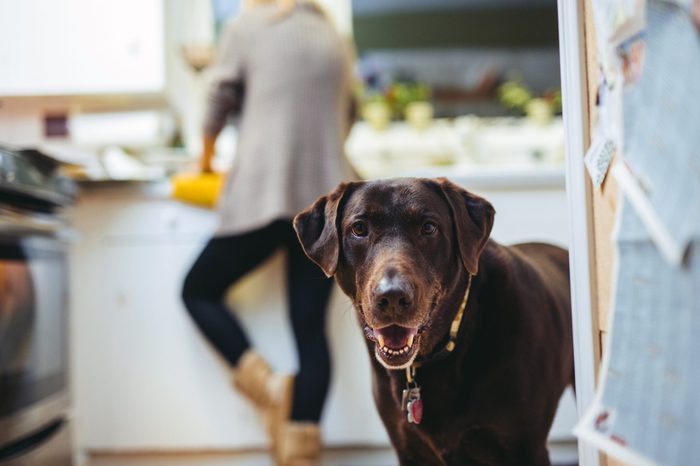
You can cook for your dog—as long as you do your homework
Home-cooked meals can be an effective way to feed your dog. But there’s a huge caveat: “You have to make sure you’re providing balanced meals,” Dr. Morgan says. In one study from University of California–Davis, researchers evaluated 200 recipes for home-prepared dog foods and found that 95 percent lacked the necessary levels of at least one essential nutrient while over 83 percent had several nutrient deficiencies, many of which could result in serious health issues. If you want to go this route, researchers recommend consulting a board-certified veterinary nutritionist or at the least, your own vet.
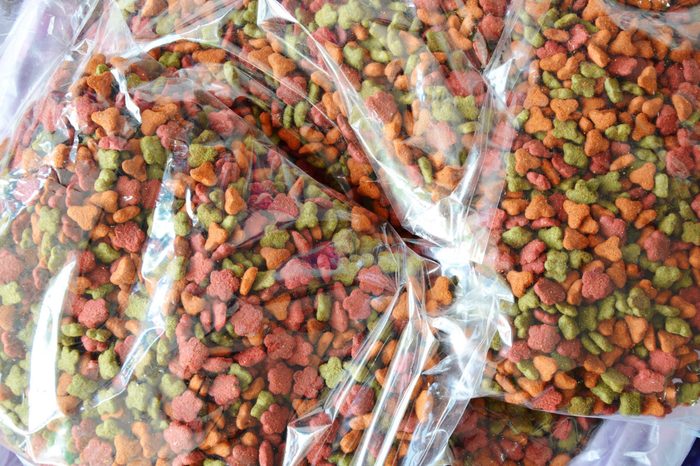
Buy small bags of dry kibble
If you are feeding dry kibble, buy a bag of kibble you can use within three weeks. “Kibble is sprayed with fats for nutrition and taste, but those fats will oxidize quickly and become rancid, which can cause pancreatitis and inflammation in your pet,” Dr. Morgan cautions. When you open the bag and expose it to air and light, it further oxidizes and heat can also create oxidation. To store it properly, keep the food in the bag in a sealed container and roll it down tightly after each use. As with all food, you should also check the expiration date.
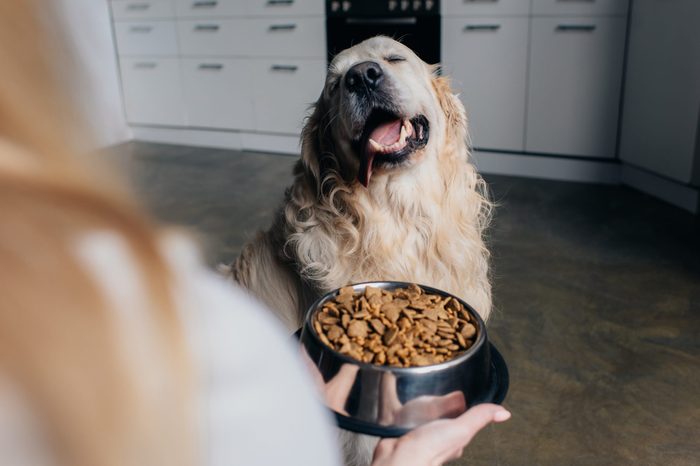
Feed your dog one to two times a day
Dogs evolved to eat bigger meals less frequently. “Their stomach can expand to five times its volume, which is almost unique in the animal world,” Dr. Ward says. That’s why they have no problem eating only one to two times a day. Dogs, like people, can overeat.

Go light on the treats
Pet obesity is an epidemic in this country, and because excess food can drive up weight, you need to dole out treats responsibly. “Treats should make up no more than 10 percent of your pet’s daily calories,” Brooks says. The healthiest treats for dogs? Fruits and veggies, excluding any that are toxic to dogs, Dr. Morgan says. Try berries, apples, carrots, broccoli and green beans, even frozen beans. Of course, food is only part of the equation when it comes to having a healthy pup.
Next, find out which small dog breeds are good for your health.
